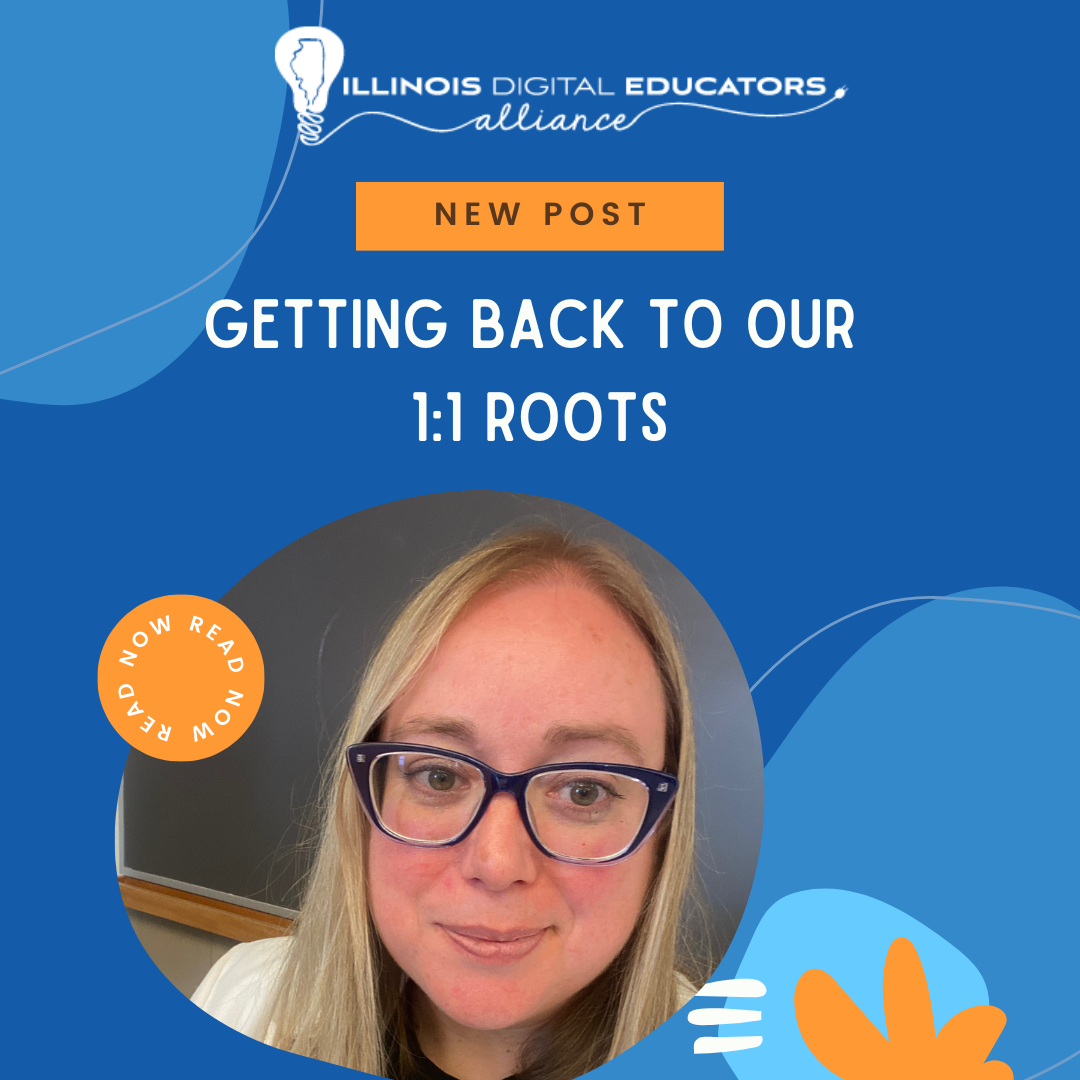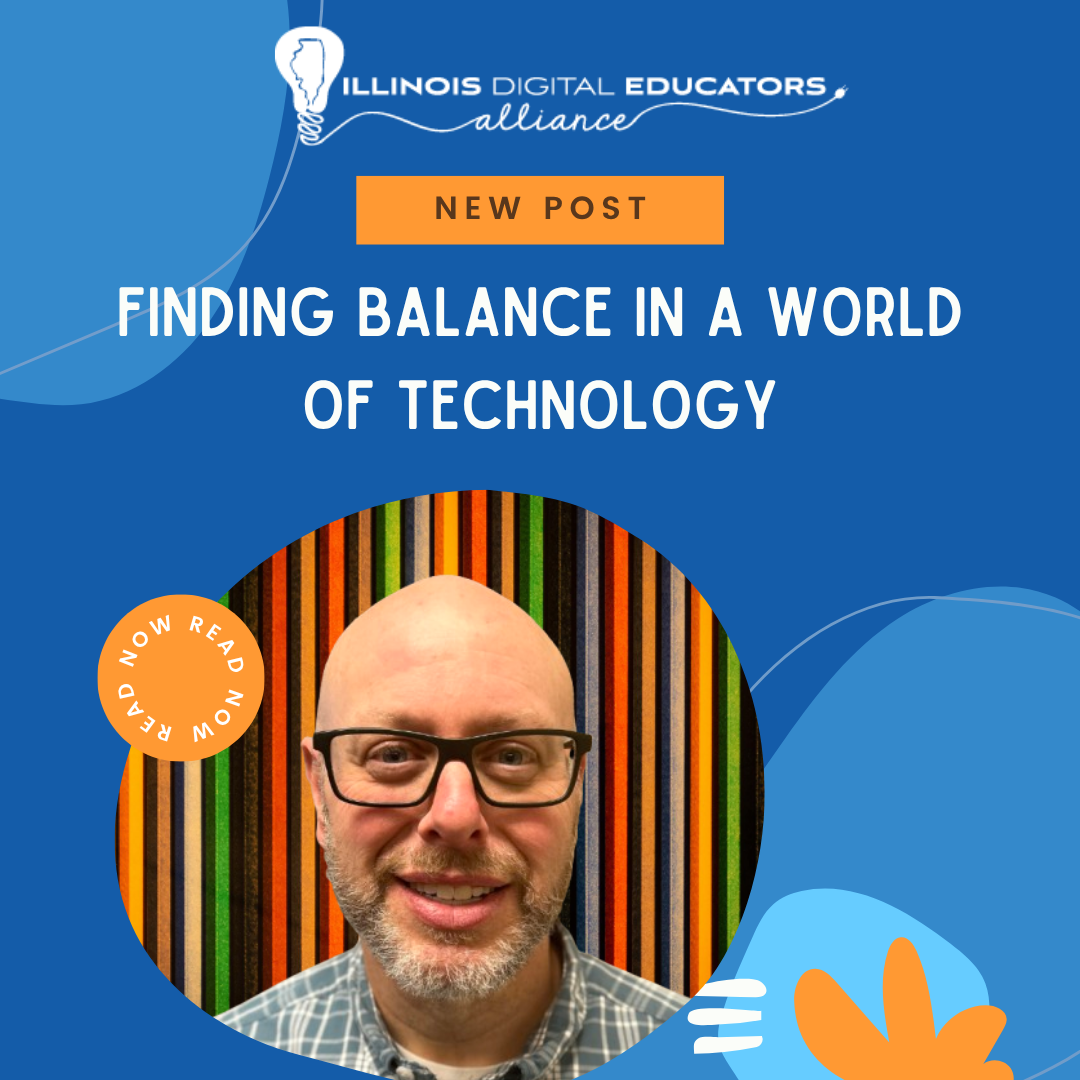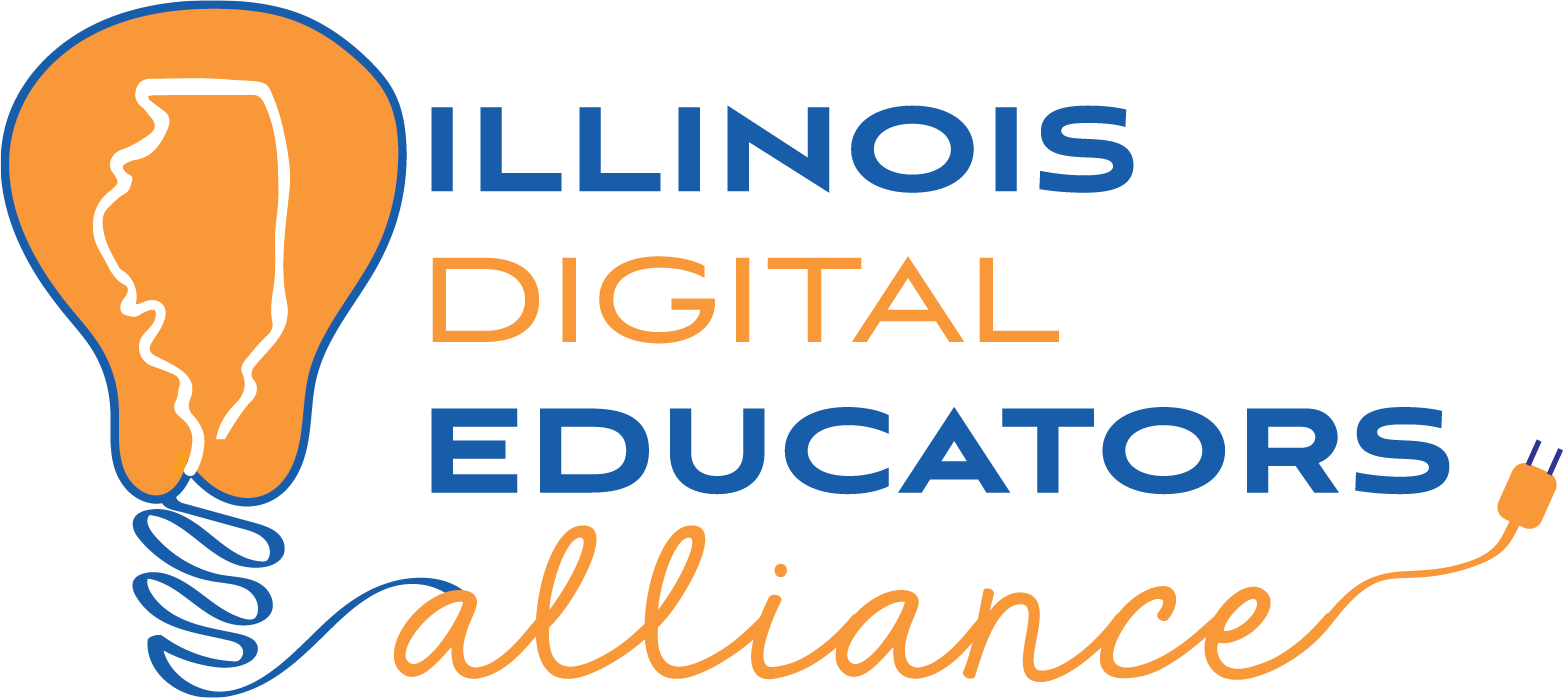Incorporating Computer Literacy Across K-12
In an increasingly technological world, it is becoming more and more important to expose students to computers. Although, you may think that most students know computers, this is only partially true. Many students are familiar with operating computing devices in a social context. It is a very different context than using them for education and/or career purposes.
As educators we have two paths before us. We can teach students computer literacy and/or computer science (CS).
Computer literacy, which is likely more familiar, provides students with the ability to navigate and interact with computing devices, ensuring they are comfortable and proficient in using various software applications.
Computer science, on the other hand, may be a recent buzzword, but has been around for decades. In fact, computer science degrees have been issued since 1950! But even if students do not want to pursue computer science as a profession, it will be of benefit to them to at the very least be familiar with computer science concepts, as almost every industry is influenced by them in some way.

These are two distinct subject matters. By teaching students computer literacy, students will learn how to use the computer, but they will not learn computer science. However, if you teach computer science, students will inevitably learn computer literacy.
The Mandates
If you are in Illinois, the Public Act 101-0654, also known as House Bill 2170 is the most recent legislation to change the face of computer education. Make note that there were many mandates in this legislation, but the two most relevant to this post are the ones that are about computer literacy and computer science (CS).
| Subject Area | Location | Description |
|---|---|---|
| Computer Literacy SY 2022-2023 | Sec. 10-20.73. | All school districts shall ensure that students receive developmentally appropriate opportunities to gain computer literacy skills beginning in elementary school. |
| Computer Literacy SY 2022-2023 | Sec. 10-20.74. | School districts shall submit to the State Board of Education, or its designee, an annual report that shall include, at a minimum, information regarding educational technology capacity and policies, including device availability for students, school-based access and infrastructure, professional learning and training opportunities, and documentation of developmentally appropriate computer literacy instruction embedded in the district's curriculum at each grade level. |
| Computer Literacy SY 2022-2023 | Sec. 27-22.(e).(3.5). | For pupils entering the 9th grade in the 2022-2023 school year and each school year thereafter, one year of a course that includes intensive instruction in computer literacy, which may be English, social studies, or any other subject and which may be counted toward the fulfillment of other graduation requirements. |
| Computer Science SY 2023-2024 | Sec. 27-23.15. | Beginning with the 2023-2024 school year, the school board of a school district that maintains any of grades 9 through 12 shall provide an opportunity for every high school student to take at least one computer science course aligned to rigorous learning standards of the State Board of Education. |
The computer literacy mandate which dictates that students at every grade level from K-8 must receive developmentally appropriate opportunities to gain computer literacy skills was to be implemented in the 2022-2023 school year. In high school it is to be implemented as a concentrated unit of study embedded into any course. This mandate is not optional. Moreover schools must submit an annual report that states where in the district curriculum computer literacy instruction was embedded.
For computer science, any school containing grades 9-12 should offer students a computer science class. This mandate goes into effect for all students entering the 9th grade this coming school year (SY 2023-2024).
As a result of the Public Act both computer literacy and computer science standards were created to guide student learning. We’ve
crosswalked the computer literacy and computer science standards to help you see where there is overlap between the two standard sets. It is our hope that you will see that by teaching computer science you will not only prepare students for the future, but that you will also meet the computer literacy mandate.
Common Sense Education
Underlining both computer science and computer literacy is digital citizenship. In order to both use digital devices and have the ability to create with them, students also need an understanding of how devices affect them, their relationships, and the world. These digital citizenship skills allow students to participate fully in their communities and make smart choices online and in life.
Each
digital citizenship lesson takes on real challenges and digital dilemmas that students face today, giving them the skills they need to succeed as digital learners, leaders, and citizens. These lessons help support computer science and literacy learning.
| ISBE Identifier | Competency | CSTA | Common Sense Education Digital Citizenship Lessons |
|---|---|---|---|
| CL.BOCK.16 | Understand Fair Use guidelines and their application to all forms of work. | 1A-AP-13 1B-AP-12 1B-AP-14 1B-IC-21 2-AP-16 3A-AP-20 3B-AP-22 | News and Media Literacy |
| CL.DMS.4 | Keep passwords confidential, and demonstrate understanding of the steps to respond promptly if they are compromised. | 1A-NI-04 1A-IC-18 | Privacy and Security |
| CL.DMS.5 | Adjust privacy settings on all social media accounts, online services, devices, and browsers. | 1B-NI-05 2-IC-23 3A-IC-29 3A-IC-30 | Privacy and Security |
| CL.DMS.6 | Apply appropriate login credential, security and privacy principles to demonstrate effective and safe use of online and mobile applications to make payments. | 1A-NI-04 1A-IC-18 1B-NI-05 2-NI-05 2-IC-23 | Privacy and Security |
| CL.DMS.7 | Identify when sensitive personal data, including email, phone, and online banking/credit or debit card information, has been compromised and follow appropriate procedures to secure it. | 1B-NI-05 3A-NI-06 3A-NI-07 3A-NI-08 | Privacy and Security |
| CL.DMS.9 | Understand the difference between public and private data and the considerations when determining privacy settings to apply for specific applications. | 1A-NI-04 2-IC-23 3A-IC-29 | Privacy and Security |
| CL.DMS.10 | Use digital tools to follow appropriate procedures for identifying one's own digital footprint and demonstrate an understanding of managing the digital footprint. | 1A-CS-01 1A-NI-04 | Digital Footprint and Identity |
| CL.ISOD.9 | Conduct an image search (e.g., the Google Reverse Image tool, TinEye, geolocating, Google Street view, etc.). | 1A-CS-01 | News and Media Literacy |
| CL.ISOD.10 | Use digital tools, search engines, and video sites (e.g., YouTube, etc.) to determine how to perform an unfamiliar or unknown task. | 1A-CS-01 1B-CS-03 | News and Media Literacy |
Family Engagement Toolkit
As students learn computer literacy, computer science, and digital citizenship, it's critical to keep families in the loop. Working together, schools and families can prepare kids to think critically and use technology in positive, creative, and powerful ways. The K–12 Digital Citizenship Curriculum's Family Tips and Family Activities cover all six curriculum topics and are available in English and Spanish. Our tech planners are a great place to start, as they get kids thinking through important questions around their online choices.
Ultimately, as tech continues to advance and become even more ubiquitous, computer literacy, computer science, and digital citizenship will be essential overlapping skill sets. The curricular mandates are definitely a signal of how critical it is for students to be able to understand how to create with and use technology safely, ethically, and with everyone's well-being in mind.
Want to learn more? Here is a Wednesday Webinar on this very important topic.
Jennifer Ehehalt is the Sr. Regional Manager at Common Sense Education. As a former elementary educator, Jennifer has over 20 years of experience in education. Jennifer designs and delivers high-quality professional development opportunities for educators across the country. She spotlights thought leaders by creating and moderating conversations on timely topics relevant to digital teaching and learning. She holds a bachelor’s degree in elementary education and a master’s degree in educational leadership.
Julia Flores was born and raised in the southside of Chicago. After attending several CPS schools, she ultimately completed two masters: an MBA and a Masters in Education with a concentration in Career Education. Julia has been in education for almost 20 years. That experience has included the third largest school district in the United States, one of the largest out-of-school organizations focused on career preparation in the nation and co-founding
CS for Success. She has experience as a teacher, school administrator and district administrator. She also worked with the Chicago Public Schools to develop the first ever holistic K-12 computer science program in the nation.




